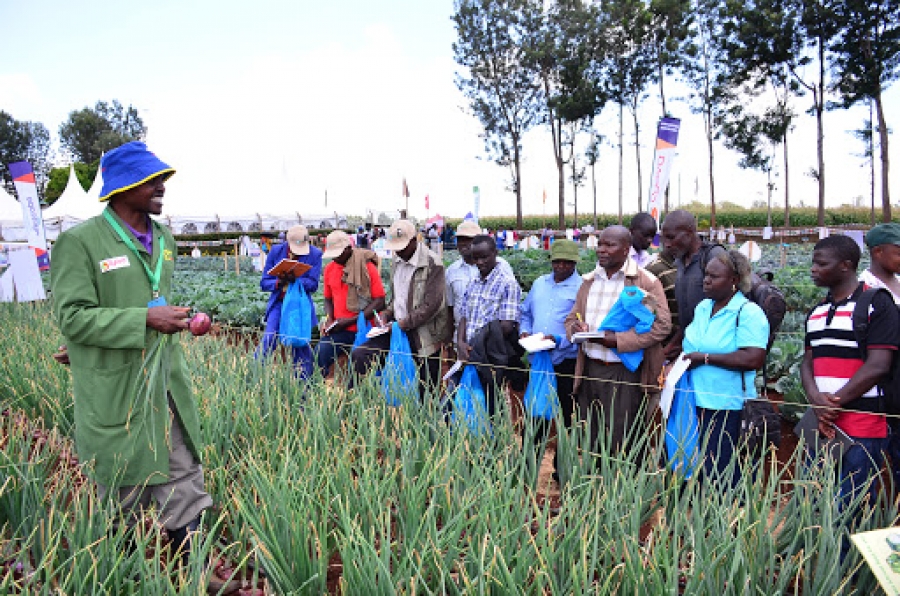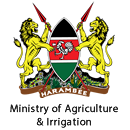Throughout my various engagements in agricultural forums, I have noted complaints on extension service as the main draw back towards attainment of food security.
With the onset of the 2010 constitution and the devolution of certain functions to the county governments, extension and advisory services (EAS) suddenly became a liability of the new county governments. The National Agricultural Sector Extension Policy (NASEP) of 2012 abruptly became inoperable.
Needless to say, for the county governments, the underlying framework, personnel, funding and technical expertise were not in place. To further compound matters, the new governors had different priority concerns in setting up shop.
In examining what substantiates EAS as per the Ministry of Agriculture Guidelines and Standards for Agricultural Extension & Advisory Services of 2017, one begins to note the following functions have slipped from the grasp of government to private enterprise. They are; Providing technical information, training and demonstrating appropriate technologies and innovations; Diagnosing problems and recommending solutions; Raising awareness of opportunities; Responding to follow up questions raised by clients; Providing mass advisories; Enforcement of national/county policies and declarations e.g. soil erosion control and tree planting; Liaison and linkage with other service providers; Advocacy and lobbying on issues of county, national, regional and international interest; Assurance of compliance to quality and safety standards; Facilitating access to credit and inputs; Assisting with business planning; Conducting surveys, enumerations, monitoring, evaluation and learning; Linking farmers to markets and Knowledge and information management.
All the aforementioned functions, other than policy enforcement and compliance to standards have been assumed by private sector. The bottomline to this uptake is efficiency. While the government interest in ensuring posterity of EAS and in turn being a custodian of information for all stakeholders supersedes that of private sector, government is a titanic machinery that has to take consideration of other overarching developmental programs such as Vision 2030, Sustainable Development Goals (SDGs), Comprehensive African Agriculture Development Programme (CAADP) as per Maputo
Declaration of 2003 and Malabo Declarations of 2014, the Big Four Agenda and the Agricultural Sector Transformation and Growth Strategy 2019, all that influence the sector direction.
Connecting the dots
Why is demographics a key concern in EAS? Well, ‘It is not the strongest species that survive, nor the most intelligent, but the ones most responsive to change’ - Charles Darwin. Varying data indicates 18% of the population above 60 years contributes 70percent of agricultural output. With the realization that this population could be phased out in 15years, governments all over have embarked on recruiting the next generations of farmers.
In order to reach this new segment, modern tools and techniques are required. EAS has morphed its roots from farm visits to Internet of Things (IoT), mobile applications, tradefairs and exhibitions, and big data.
Players leading the charge in EAS in this new arena include development agencies, research and training institutions, service providers, public private partnership (PPP’s) with government parastatals and aggregators (Cooperatives and SACCOs).
Kenya Agriculture and Livestock Research Organization (KALRO) in partnership with USAID and FeedtheFuture developed 14 applications for various crop production. The Apps provide critical information about planting, harvesting, marketing leads as well as identification and control of diseases.
Private sector and implementing agencies have not been left behind in this endeavour. Kenya Crops and Fertilizer App by Kelop Investment enables the identification of the type of crop for a specific region. It is an adaptation of Farm Management Handbook of Kenya. MVS Kenya App by International Maize and Wheat Improvement Centre (CIMMYT) provides information on maize varieties, maturity classes, ideal region, and time to plant with favorable harvesting and marketing periods. These are just two examples, there are numerous applications offering extension services for nearly all value chains.
Avenues for synergy
Agricultural Sector Development Support Programme (ASDSP) A PPP programme jointly funded by Government of Kenya and Government of Sweden through the Swedish International Development Cooperation Agency (SIDA) has regional offices in all counties supporting 29 agricultural value chains. The Programme’s mandate is to improve smallholder entrepreneurial skills, providing access to markets, and strengthening coordination within the agricultural sector.
The Agrochemical Association of Kenya (AAK) among other Value Chain Actors (VCA) have partnered with the programme to exploit their immense network and reach. The ASDSP and KALRO are examples to showcase the lack of homogeny in information dissemination among stakeholders, in effect, the left hand does not know what the right hand is doing.
So what about soil sampling and lab test? These concerns are also being addressed through Big Data and Internet of Things (IoT). Make sure to read next edition on the same.
This column dedicated toward private sector seeks to bridge uncoordinated VCA efforts. By revealing what various actors are doing, the hope is that stakeholders will know where to access critical agricultural services.








